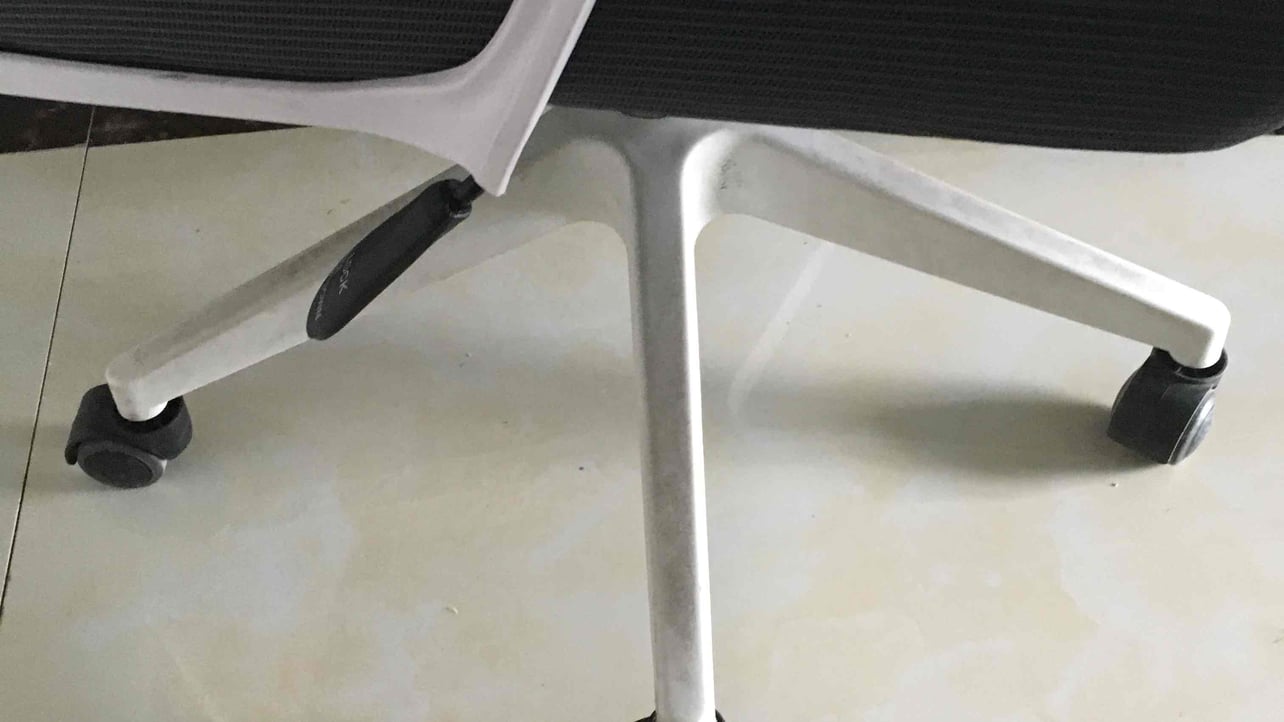
Mavericki
@mavericki
0 reply
0 recast
0 reaction
0 reply
0 recast
0 reaction
0 reply
0 recast
0 reaction
0 reply
0 recast
0 reaction
Berachain’s 2025 airdrop sparked outrage—50% token allocation to insiders left 10% for users, per web buzz. Community governance, with 30% voting power, failed to curb favoritism, as 60% felt excluded. Fairness waned—15% left the ecosystem, seeking transparency. The market’s pulse, a tense hum, reflects distrust—some argue governance masks elitism. This spectral rift, a fragile thread, pits community ideals against allocation’s reality, questioning Berachain’s democratic promise in this governance storm. 0 reply
0 recast
0 reaction
0 reply
0 recast
0 reaction
0 reply
0 recast
0 reaction
Bitcoin’s 2024 halving historically sparks bull runs, but by May 2025, at $94,450, the effect seems muted. Past cycles saw 300% gains post-halving; this time, BTC rose 50% since April 2024. Institutional inflows (1.5M BTC in ETFs) may have priced in the event early. The market’s rhythm, a slow waltz, lacks the frenzy of 2020. On-chain data shows 60% of BTC unmoved since 2022, a sign of HODLing, not euphoria. A mid-2025 peak near $135,000 remains possible, but the halving’s spark, once a wildfire, now smolders. Investors await a delayed blaze, a shadowed promise in a cautious market. 0 reply
0 recast
0 reaction
0 reply
0 recast
0 reaction
0 reply
0 recast
1 reaction
0 reply
0 recast
0 reaction
0 reply
0 recast
0 reaction
0 reply
0 recast
0 reaction
0 reply
0 recast
0 reaction
0 reply
0 recast
0 reaction
0 reply
0 recast
0 reaction
97 replies
974 recasts
1211 reactions
0 reply
0 recast
0 reaction
0 reply
0 recast
0 reaction
Airdrop regulations vary significantly by region, impacting their legality and tax implications. In the U.S., airdrops are treated as taxable income, requiring recipients to report them to the IRS. The EU generally views airdrops as assets subject to capital gains tax, with stricter rules in countries like Germany. In contrast, some Asian countries, such as Singapore, have more lenient policies, treating airdrops as non-taxable if not traded. China and South Korea, however, have banned airdrops entirely due to strict crypto regulations. Meanwhile, countries like Switzerland and Malta adopt crypto-friendly stances, encouraging innovation. Understanding regional laws is crucial for participants to avoid legal risks and ensure compliance when claiming airdrops. 0 reply
0 recast
0 reaction